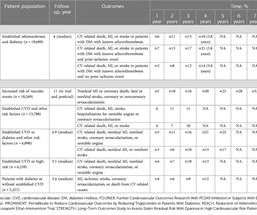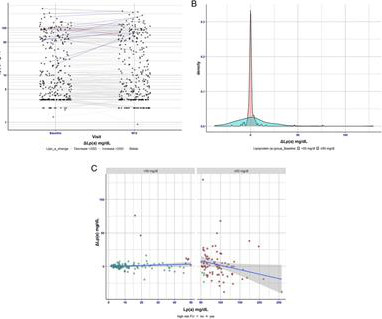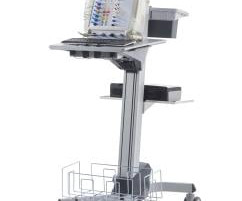Intermediate and long-term residual cardiovascular risk in patients with established cardiovascular disease treated with statins
Frontiers in Cardiovascular Medicine
JANUARY 14, 2024
Methods This narrative review examines the contemporary literature assessing intermediate- and long-term event rates in patients with established CV disease treated with statins. Recurrent stroke occurs in up to 19% of patients seven years after a first cerebrovascular event.












Let's personalize your content